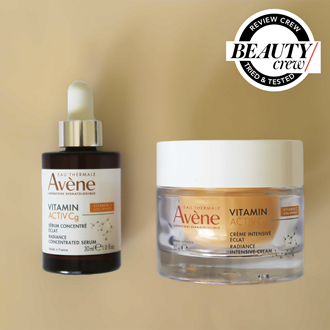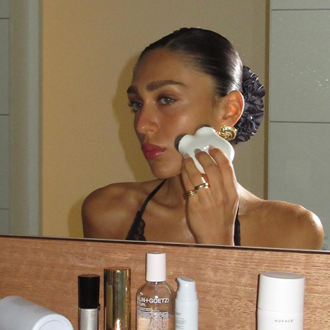The order you should apply each product in your skin care routine
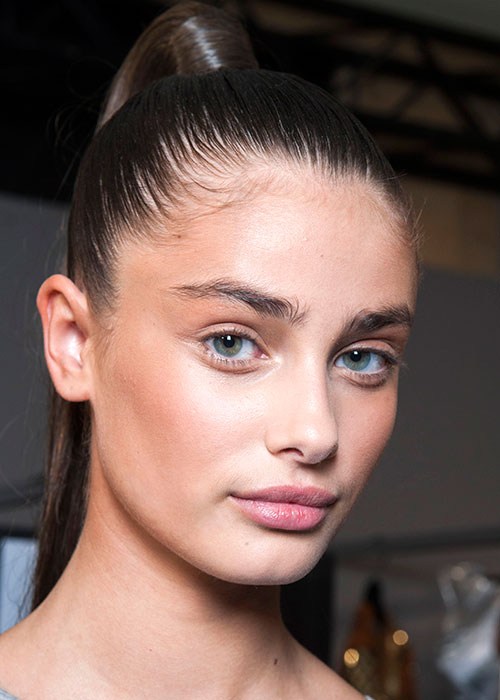
The secret lies in each product’s consistency
The secret lies in each product’s consistency
Cleanse, tone, moisturise. When there are only three steps, your skin care routine is simple and straightforward. But what happens when you want to take your regimen to the next level and start incorporating addition products such as serums, eye creams and spot treatments? Where do they slot in?
To find out exactly that and to establish what each product in your skin care routine actually sets out to do, we spoke to two top skin care experts: founder of Paula’s Choice Skincare, Paula Begoun, and Education Manager for Lancôme and Kiehl’s, Scott Johnson.
The steps in a basic skin care routine
According to Begoun, the essential steps everyone needs to follow to keep skin looking healthy, regardless of its type, is cleansing, exfoliating and moisturising (with an SPF).
When choosing a cleanser, “always opt for a gentle and non-irritating formula that doesn’t dry out your skin,” says Begoun. She also suggests using “a gentle leave-on exfoliant that is formulated with alpha hydroxy acids (glycolic or lactic acid) for normal to dry skin, or beta hydroxy acids (salicylic acid) for combination or oily skin, to remove built-up dead, unhealthy skin cells that can’t shed on their own because of age, sun damage or problem skin.”
Three of our favourite exfoliators include Paula’s Choice Skin Perfecting 2% BHA Liquid, Lancôme Visionnaire Crescendo™ and Skinstitut Enzymatic Micro Peel.
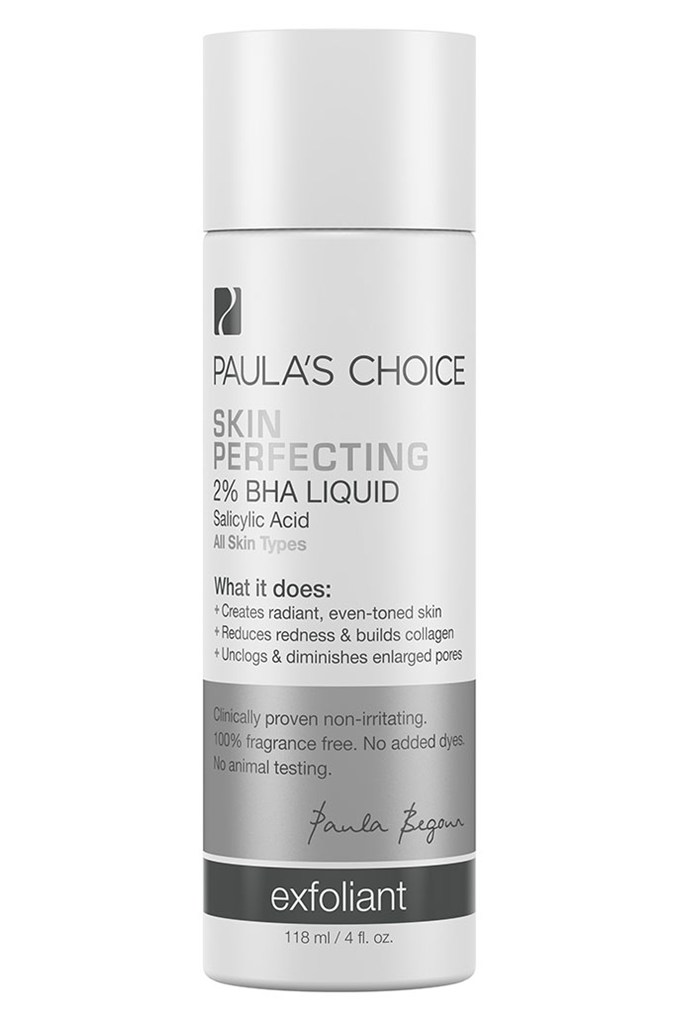
Paula’s Choice Skin Perfecting 2% BHA Liquid
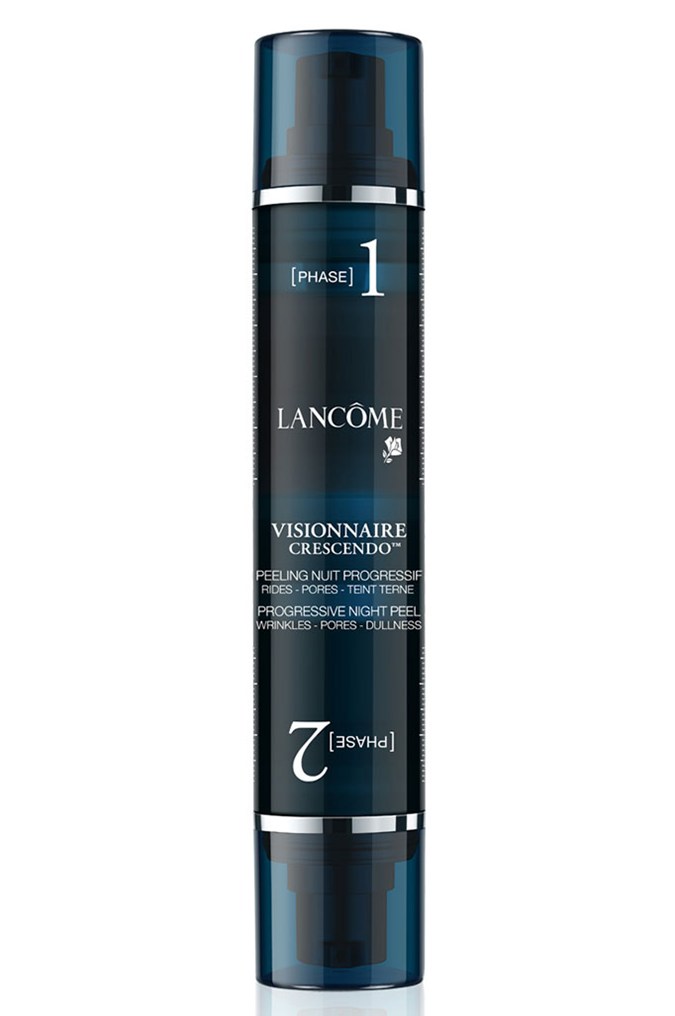
Lancôme Visionnaire Crescendo™
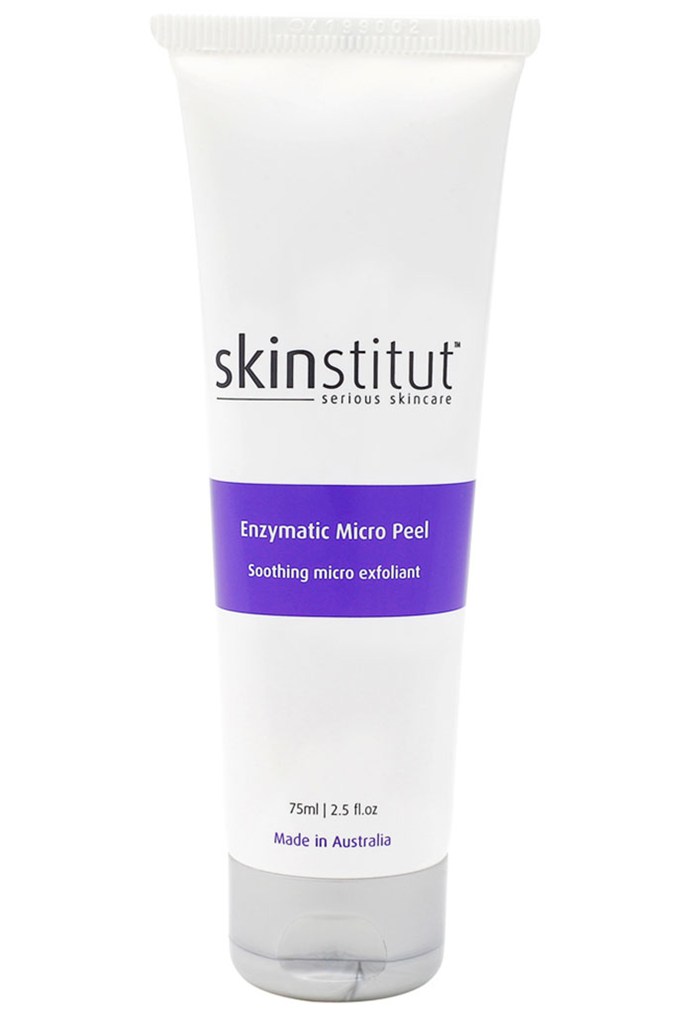
Skinstitut Enzymatic Micro Peel
When it comes to creams, Begoun notes, “the only difference between your daytime and nighttime moisturiser should be sunscreen [i.e. your daytime moisturiser should include SPF]. Both moisturisers need to be loaded with skin-repairing ingredients, hydrating ingredients and antioxidants to be truly beneficial.”
The steps in an advanced skin care routine
In addition to the steps above, a more advanced skin care routine can incorporate anything from an eye cream and facial oil to an antioxidant serum and radiance-enhancing sheet mask.
Ultimately, Johnson notes, a more complex skin care routine is necessary when you’re working to treat specific skin concerns such as pigmentation, breakouts, fine lines and wrinkles, dehydration and congestion.
For instance, if you’re suffering from acne, a more advanced routine could include a gentle gel or foaming cleanser that rids the skin of excess oils without drying it out, a toner that balances the pH of the skin, a sebum-controlling serum that regulates oil production, a spot treatment packed full of anti-inflammatory and antibacterial ingredients like salicylic acid, and an oil-free moisturiser that will protect and nourish the skin’s barrier without blocking pores.
A little complicated, isn’t it?
If you’re suffering from a range of skin concerns and aren’t sure how to compile a routine that’s suited to your skin’s specific needs, the easiest way to determine which ingredients and products will work best for you is to have your skin professionally examined by a dermatologist.
The purpose of each skin care product
With so many different types of skin care products on the market, it can be hard to know what each one is supposed to do. Here, Begoun outlines the purpose of a range of skin care products:
Cleanser: “Cleansers help to wash away makeup, oil and debris that can lead to clogged pores and dull skin. Starting with a clean face allows the skin care products you use afterwards to work even better.”
Toner: “Well-formulated toners add vital skin-replenishing ingredients immediately after cleansing. They also help diminish the look of redness and dry patches, while removing the last traces of makeup.”
Exfoliator: “Environmental damage and other factors cause the surface of the skin to become dull, rough, bumpy and uneven. Exfoliating eliminates this build-up, which otherwise would cause clogged pores and uneven skin tone and worsen the appearance of fine lines and wrinkles.”
Serum: “Serums filled with antioxidants and other anti-ageing ingredients help defend your skin from environmental assault, including pollution. Their concentrated formulas help slow the signs of ageing for healthier, younger-looking skin. Some serums have additional benefits, so you can choose the ones for your specific skin concerns.”
Spot treatment: “The purpose and benefits depend on which kind of spot treatment you’re using to target your specific skin concerns. For instance, a skin-lightening spot treatment is applied over brown spots and discolourations to help them gradually fade, while other spot treatments are aimed at blemishes to help them heal more quickly or to fade red marks left over after a blemish goes away.”
Facial oil: “The only facial oil blends to use are those with non-fragrant, soothing plant oils to alleviate dry skin, calm redness and create a smooth, dewy glow. These types of plant oils contain only the important components of the plant and none of the bad.”
Eye cream: “A great eye cream will hydrate and smooth skin texture, plus visibly firm, brighten and diminish the look of wrinkles. Certain eye creams can also help improve dark circles caused by sun damage or puffiness cause by fluid retention.”
SPF: “Sunscreen is the most important part of skin care. It protects your skin from sun exposure, which is the number one cause of wrinkles, uneven skin tone, loss of firmness and many other signs of ageing.”
Moisturiser: “State of the art moisturisers contain skin-restoring ingredients that instantly hydrate and lock in moisture, while delivering anti-ageing benefits.”
When each product should be used
Simply put, applying your skin care products in the correct order will ensure your skin receives the full benefits of each formula.
But what exactly is the correct order? According to Begoun, a simple way to determine when to use each product is to assess its consistency and apply the product with the thinnest texture first and the thickest last.
Looking for more top skin care tips? Then find out the skin care ingredients that shouldn’t be mixed together and discover the four things you didn’t know were ageing your skin.
What products do you use every morning and night? Share your skin care routine with us in the comments below.
Main image credit: Getty

Kate started working for BEAUTYcrew in early 2016, first as a contributor, and was then named Beauty Writer in 2017. She loves picking the brains of the industry's top experts to get to the bottom of beauty's toughest questions. Bronze eyeshadow palettes are her weakness and she's forever on the hunt for the perfect nude nail polish to suit her fair skin. Her words can also be found in Men's Health magazine, and she now works in PR.
Related tags
lancôme /




